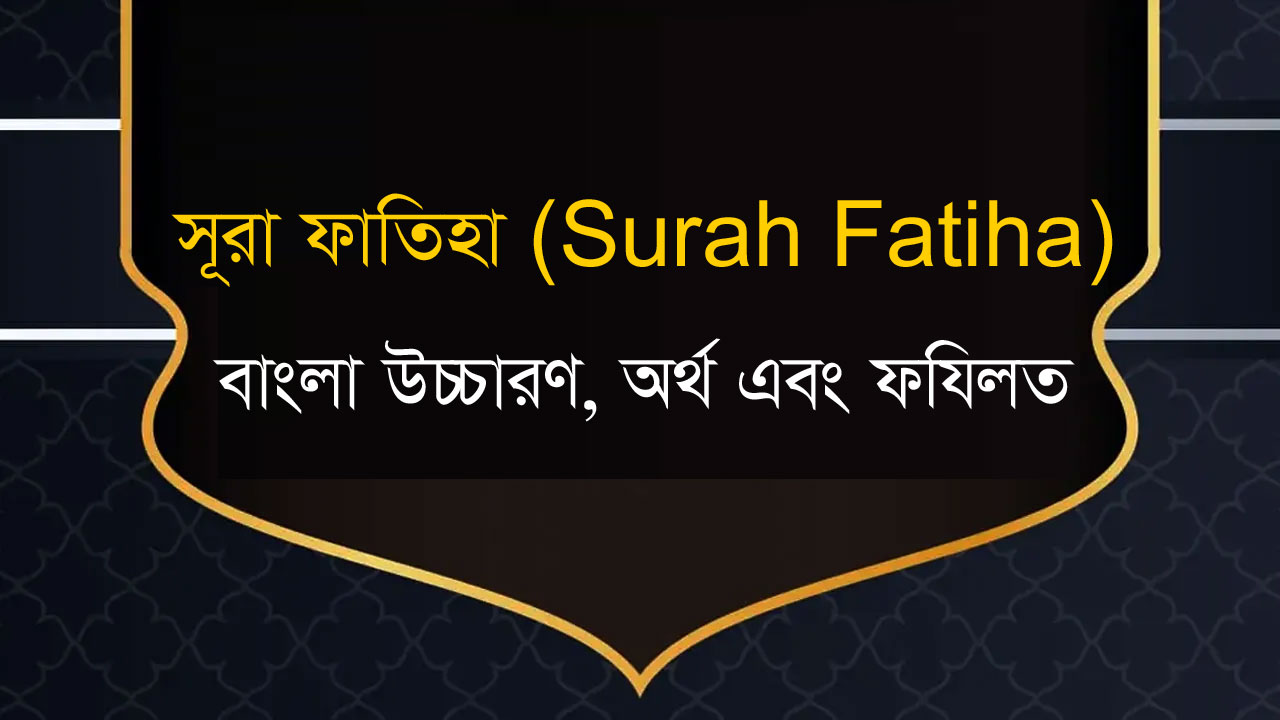Taraweeh Namaz is an essential part of the Islamic faith, observed during the holy month of Ramadan. It is a voluntary prayer performed after the Isha (night) prayer, and it is considered a highly rewarding act of worship. The word “Taraweeh” is derived from the Arabic word “tarwihah,” which means to take a break or rest. In this context, it refers to the short rests or pauses taken between sets of prayers during the Taraweeh prayer.

Historical Background
The practice of Taraweeh Namaz can be traced back to the time of Prophet Muhammad (peace be upon him). According to Islamic traditions, the Prophet initially performed the Taraweeh prayer individually at home. However, during the later years of his life, he started leading the congregational Taraweeh prayers in the mosque.
After the Prophet’s demise, the practice of performing Taraweeh prayers in congregation continued under the guidance of his companions. During the caliphate of Umar ibn Al-Khattab (may Allah be pleased with him), he established the tradition of performing the Taraweeh prayers in a unified manner, with the entire community coming together to pray behind a single Imam (prayer leader).
Rules and Regulations
The Taraweeh Namaz is governed by a set of rules and regulations derived from the teachings of the Quran and the Sunnah (the traditions of the Prophet Muhammad). Here are some of the key rules:
1. Intention (Niyyah): Like any other act of worship in Islam, the Taraweeh prayer must be performed with the sincere intention of seeking the pleasure of Allah and earning rewards.
2. Number of Rakat: The number of rakat (prayer units) performed during Taraweeh is not fixed. However, it is commonly believed that the Prophet Muhammad (peace be upon him) performed twenty rakat during Taraweeh. Many Muslims follow this practice, dividing the twenty rakat into four sets of five rakat each, with short breaks in between.
3. Congregation: It is highly encouraged to perform the Taraweeh prayer in congregation at the mosque. However, if one cannot attend the mosque due to valid reasons, they can perform the prayer individually or in a small group at home.
4. Recitation of the Quran: During the Taraweeh prayer, it is customary to recite portions of the Quran. The Imam typically recites the Quran in a melodious and unhurried manner, allowing the worshippers to listen attentively and reflect upon its teachings.
5. Breaks (Tarwihah): As mentioned earlier, the term “Taraweeh” refers to the short breaks or rests taken between sets of prayers. These breaks are typically brief and allow worshippers to catch their breath and prepare for the next set of rakat.
What are Taraweeh prayers and when to perform them?
The 20 (usually) rakat prayers performed on the nights of the month of Ramadan after Esha’s four rakats of Sunnat, four rakats of Fard, and two rakats of Sunnat (Mu’akkadah) but before two rakats Witr in 10 salaams are called ‘Taraweeh prayers’.
Dua and Supplication
In addition to the physical act of performing the Taraweeh prayer, Muslims are encouraged to engage in dua (supplication) and seek forgiveness from Allah during this blessed month. Here are some common duas and supplications recited during Taraweeh:
1. Dua for Forgiveness
“Rabbighfirli wa liwaalidayya wa lilmu’mineen yawma yaqoomul hisaab.”
“O Allah, forgive me, my parents, and all believers on the Day of Judgment.”
2. Dua for Guidance
“Rabbi zidni ‘ilman walhiqni bis-saaliheen.”
“O Allah, increase me in knowledge and join me with the righteous ones.”
3. Dua for Acceptance
“Allaahumma taqabbal minnaa innaka Antas-Samee’ul-‘Aleem.”
“O Allah, accept (this worship) from us, for You are the All-Hearing, the All-Knowing.”
These duas and supplications are not only recited during Taraweeh but also throughout the month of Ramadan, as Muslims strive to seek forgiveness, guidance, and acceptance from Allah.
What is the dua for Taraweeh prayers?
نويت ان اصلى لله تعالى ركعتى صلوة التراويح سنة رسول الله تعالى متوجها الى جهة الكعبة الشريفة الله اكبر.
Pronunciation: Nawaituan Usalia Lillahi Ta’ala, Raka’tai Salatit Taraweeh Sunnatu Rasoolillahi Ta’ala Mutawaj-jihan Ila Jihatil Ka’batish Sharifati, Allahu Akbar.
What is the dua after every four rakats of Taraweeh?
سبحان ذى الملك والملكوت سبحان ذى العزة والعظمة والهيبة والقدرة والكبرياء والجبروت . سبحان الملك الحى الذى لاينام ولا يموت ابدا ابدا سبوح قدوس ربنا ورب الملئكة والروح.
Pronunciation: Subhanazil Mulki Wal Malakooti, Subhanazil Izzati, Wal Azmati, Wal Haibati, Wal Kudrati, Wal Kibriai, Wal Jabaroot. Subhanal Malikil Hai-yillazee La-Yanaamo Wala Yamootu Abadan Abada. Subboohunn Quddoosunn Rabboona Wa Rabbul Malaaikati War Rooh.
Spiritual Significance and Rewards
The Taraweeh prayer holds immense spiritual significance and rewards for Muslims. Here are some of the benefits associated with performing this voluntary act of worship:
1. Forgiveness and Mercy: The month of Ramadan is known as the month of forgiveness and mercy. By performing the Taraweeh prayer with sincerity and devotion, Muslims can seek forgiveness for their sins and earn the mercy and blessings of Allah.
2. Strengthening Faith: The act of standing in prayer and reciting the Quran during Taraweeh can deepen one’s faith and connection with Allah. It serves as a reminder of the importance of submission and obedience to the Creator.
3. Spiritual Purification: The Taraweeh prayer, combined with fasting and other acts of worship during Ramadan, can lead to spiritual purification and cleansing of the soul. It helps Muslims detach from worldly distractions and focus on their relationship with Allah.
4. Community Bonding: Performing the Taraweeh prayer in congregation at the mosque strengthens the sense of community and brotherhood among Muslims. It fosters unity, solidarity, and a shared sense of purpose.
5. Rewards and Blessings: The Prophet Muhammad (peace be upon him) emphasized the immense rewards and blessings associated with performing the Taraweeh prayer. It is considered one of the most rewarding acts of worship during the holy month of Ramadan.
Case Study : The Experience of Performing Taraweeh in Different Regions
The practice of Taraweeh Namaz varies slightly across different regions and cultures within the Muslim world. Here are a few examples of how Taraweeh is observed in different parts of the world:
1. Saudi Arabia: In Saudi Arabia, particularly in the holy cities of Makkah and Madinah, the Taraweeh prayer is performed with great reverence and grandeur. The mosques are often filled to capacity, with worshippers from various parts of the world. The recitation of the Quran during Taraweeh is led by renowned Qaris (reciters) who are skilled in tajweed (the rules of recitation).
2. Turkey: In Turkey, the Taraweeh prayer is a deeply cherished tradition. Many mosques offer special programs and events during Ramadan, such as Quran recitations, Islamic lectures, and community gatherings after the Taraweeh prayer. The atmosphere is often festive, with families and friends gathering to break their fast together and attend the Taraweeh prayer as a community.
3. Indonesia: Indonesia, being the largest Muslim-majority country, has a rich and diverse tradition of celebrating Ramadan and performing the Taraweeh prayer. In addition to the traditional Taraweeh prayers in mosques, many communities organize outdoor gatherings called “Majelis Taklim” where the Taraweeh prayer is performed, followed by religious talks and discussions.
4. United States: In the United States, the Taraweeh prayer is observed by Muslim communities across the country. Many mosques and Islamic centers organize special programs and events during Ramadan, including Quran recitations, lectures, and community iftar (breaking of the fast) gatherings. The Taraweeh prayer serves as a way for Muslims to come together, strengthen their faith, and foster a sense of unity and belonging.
These examples highlight the diverse and rich traditions surrounding the Taraweeh Namaz in different parts of the world, while maintaining the core principles and practices of this important act of worship during the holy month of Ramadan.
Frequently Asked Questions on Taraweeh Namaz
Q: Is Taraweeh Namaz obligatory or optional?
A: The Taraweeh Namaz is considered a voluntary (Sunnah) prayer and is not obligatory. However, it is highly encouraged and considered a rewarding act of worship during the month of Ramadan.
Q: Can women perform the Taraweeh prayer in the mosque?
A: Yes, women are allowed and encouraged to perform the Taraweeh prayer in the mosque, provided that proper arrangements for segregation and privacy are in place. However, if they prefer, women can also perform the Taraweeh prayer at home.
Q: Is it necessary to perform the entire 20 rakat of Taraweeh prayer?
A: While the Prophet Muhammad (peace be upon him) is reported to have performed 20 rakat of Taraweeh, there is no strict obligation to complete the entire 20 rakat. Muslims can pray as much as they are able, with sincerity and devotion.
Q: Can the Taraweeh prayer be combined with the Isha (night) prayer?
A: No, the Taraweeh prayer should be performed separately after the completion of the Isha prayer. It is not recommended to combine the two prayers.
Q: Is it permissible to perform the Taraweeh prayer individually at home?
A: Yes, if one cannot attend the mosque due to valid reasons, such as illness, disability, or lack of access to a mosque, it is permissible to perform the Taraweeh prayer individually or in a small group at home.




